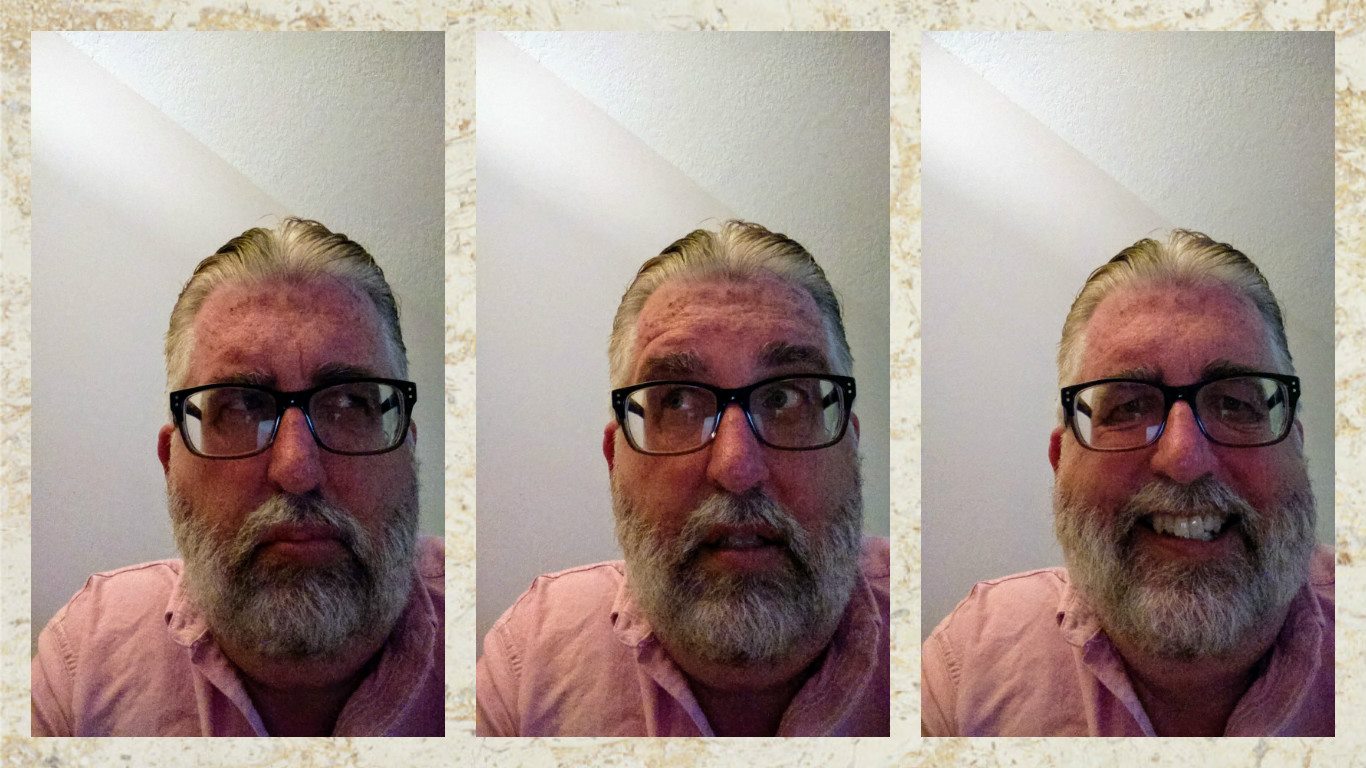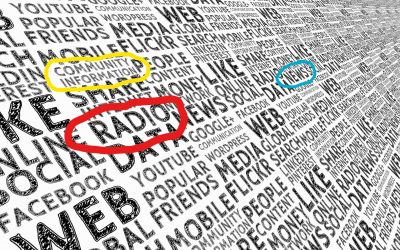Welcome to the last half of 2025. The first 6 months of the year have been pretty topsy-turvy in almost every aspect of our lives. Political and Financial to name a couple of areas. Not just national and international news, but also locally and personally. Is...
The Not-So-Secret Writings of ScLoHo
Nobody calls it Facial Tissue
"Can you pass me a facial tissue please?" Says NOBODY. We ask for a Kleenex. However, just because we ask for a Kleenex and our friend hands us one or a whole box of them, odds are they are not really Kleenex. They could be Puffs brand or store brand facial tissues....
Radio Still Rules
At the end of March, my radio station, WOWO officially turned 100 years old. As the year progresses, we are doing a variety of events both on the radio and in-person to mark a century of service. WOWO is not the same station it was in 1925. Back then very few people...
Your Marketing Mix in 2025
A couple of headlines came into my inbox last month: How To Offset Diminishing Returns On Social Media and New Study Shows How Radio Exposure Drives Social Media Advertising. So let's take a few minutes and talk about the marketing mix for your business in 2025. A...
A Fresh Introduction to ScLoHo
Here we are, smack dab in the middle of Summer 2025 and I've been meeting new people and reconnecting with older friends and a common question is, "What do you do?" The short answer is, "I help businesses and organizations connect with potential customers and...
Beyond the Click
The Truth About Trackable Advertising was the subject of a recent Sound ADvice email newsletter that I sent to my subscribers. I'll add you to the mailing too if you ask, it's free and is delivered once a week. Not everything that counts can be counted. It’s easy to...
Can You Pass the ScLoHo Sniff Test?
41 is the current number. What does that mean? 41 is the current number of WOWO advertisers that I have spent money with in the dozen years I have been at WOWO radio or before at other stations I've worked at in Fort Wayne the past 23 years. Close to 30 of those 41...
Fast Class On Buying Advertising
A few weeks ago I had 10 minutes to give a complete presentation to a couple dozen business leaders. After about 3 minutes of sharing who I was and my background, I jumped into the subject of advertising. Not to promote what I do, but just to give them a quick...
Create A Personal Brand Preference with Radio
One of the questions I sometimes get when people learn I work for a radio station is, "Do People Still Listen To The Radio?" And those are honest, sincere people, not being sarcastic. I can honestly tell them and you, "Yes." The day this article and podcast goes live,...









